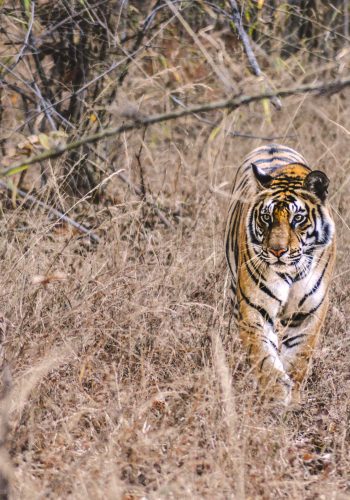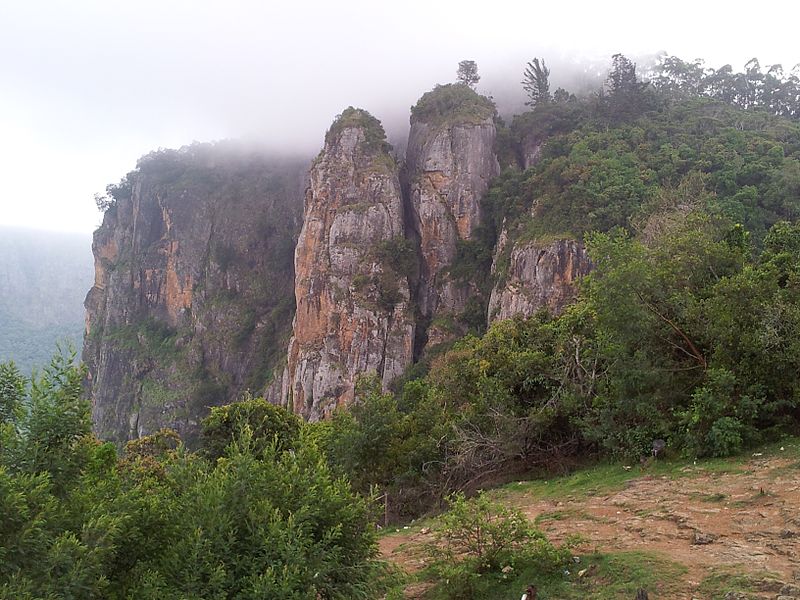
The Little-Known Rain Rituals of the Palaiyars, a Forest Tribe in Kodaikanal
A young writer from Kodaikanal’s Palaiyar tribe offers an intimate peak into an annual forest ritual, the details of which are usually kept hidden from outsiders.
Story by: Murugeshwari
Read the original story in Tamil
My people – the Palaiyars, a forest tribe belonging to the Kodaikanal hill ranges – consider waterfalls, trees and all other natural elements of the forest, either as gods themselves or as being guarded by gods.
We mostly live in the village of Bharathi Annanagar, not far away from Kodaikanal town. Bhootha Naachchi Amman is regarded as the most important deity guarding our forests. Every year, a festival is celebrated to please her and ask for her blessings and protection. This festival usually takes place in the month of Chiththirai (mid-April to mid-May), when summer is at its fiercest, the heat has dried up the streams and forest fires tend to be rampant. A time when dullness befalls over the whole forest.
The Palaiyars do not have festivals that stretch over three or four days like others in the country. This most important festival dedicated to Bhootha Naachchi Amman takes place on only one night of the year. Our prayers are for protection from fires and other adversities, as well as for plentiful rainfall, which will ensure the tribe’s sources of livelihood. We also ask that no harm comes to the lesser gods who live in the forests.
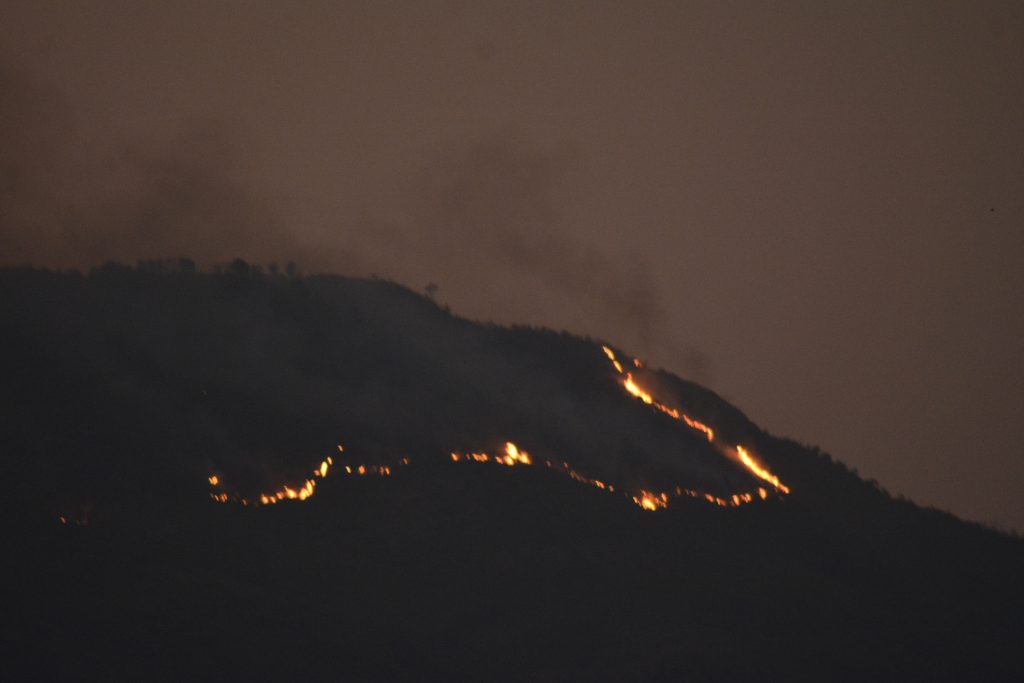
Since I was a child, I have been witness to and have been taking part in all the celebrations of our people. In addition to the Bhootha Naachchi Amman festival, there are many others throughout the year, some of which are celebrated only by women, others exclusively by men. However, women do not take part in these rituals during menstruation, however inconsequential the function. Our community does not generally give out the finer details of any ritual to outsiders, but some tribes-people were willing to share a few details of this festival with the world.

I asked Poombayi, who also goes by Vasanthi, an elder of the tribe, to explain the name Bhootha Naachchi Amman. The five bhoothas (elements)— Space, Air, Fire, Water and Earth—are contained within this goddess. Naachchi refers to a God of the forest and Amman to a great mother. Though she is personified as a Goddess who can pardon her children’s transgressions, she also adheres to discipline (typically seen as a masculine trait), and so can be angered by transgressions and will severely punish wayward behaviour.
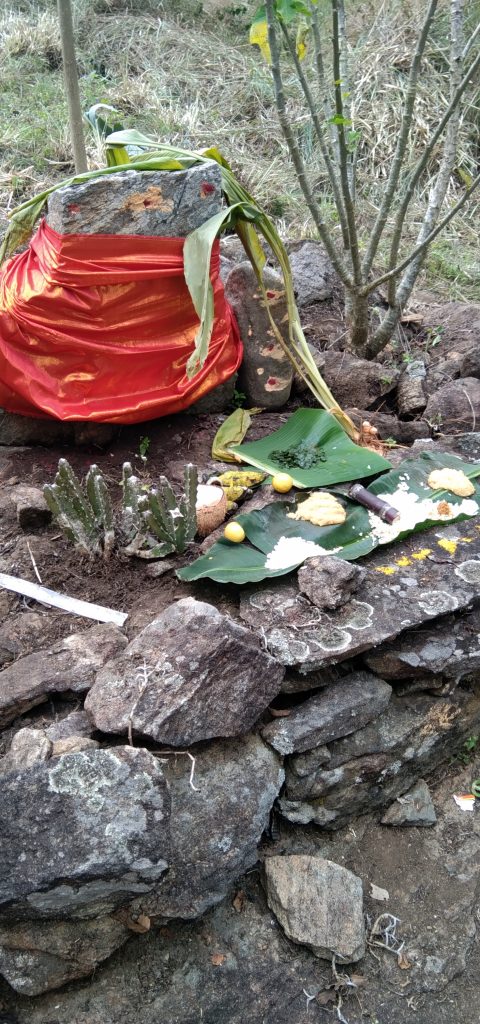
To honour both the feminine and masculine attributes of Bhootha Naachchi Amman, the Thevaraadi—the man who conducts the main rituals—grows his hair long like a woman but has to keep it tied up and hidden under a head wrap, away from the eyes of women, who can see his locks only during the ritualistic dancing. The Thevaraadi must also be a person with clean habits who does not consume alcohol. The current Thevaraadi is Veluchchaami, a young man of 23.
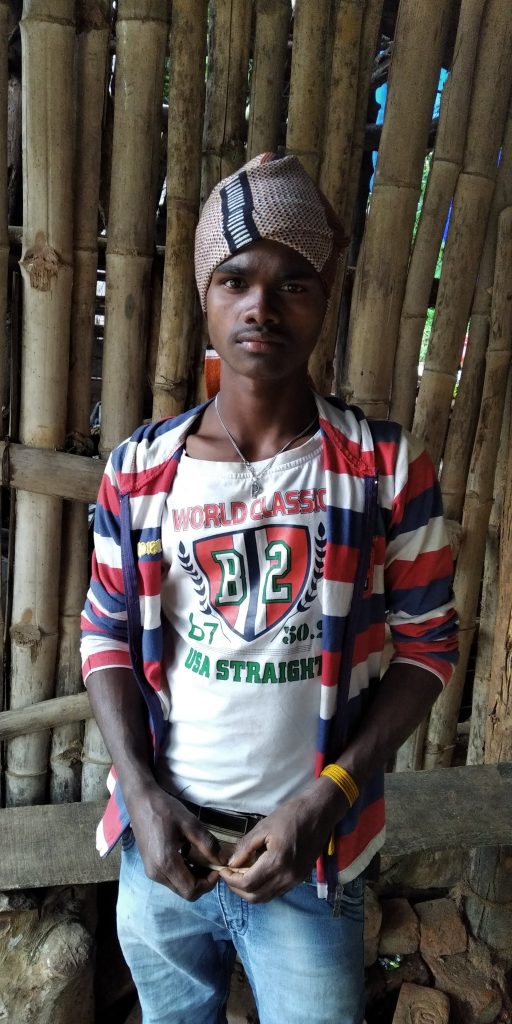
There are only two families who have the right to conduct and assist in the ritual of Bhootha Naachchi Amman. From one family, the Thevaraadi is chosen, whilst the other family provides the cloth (‘Sattan’) that the Thevaraadi wears during the ritual. A month before the festival is due, the menfolk of these families look for guidance from the Gods. This process is called pachchai poduthal. Deep within the forest, where there are large boulders, the men go and collect the leaves of the pachchai plant, along with various other herbs, five types of fruits, five varieties of vegetables, honey, and specific roots, herbs and stones. All of these are kept on a boulder. After this, the signs of approval for the festival are looked for.
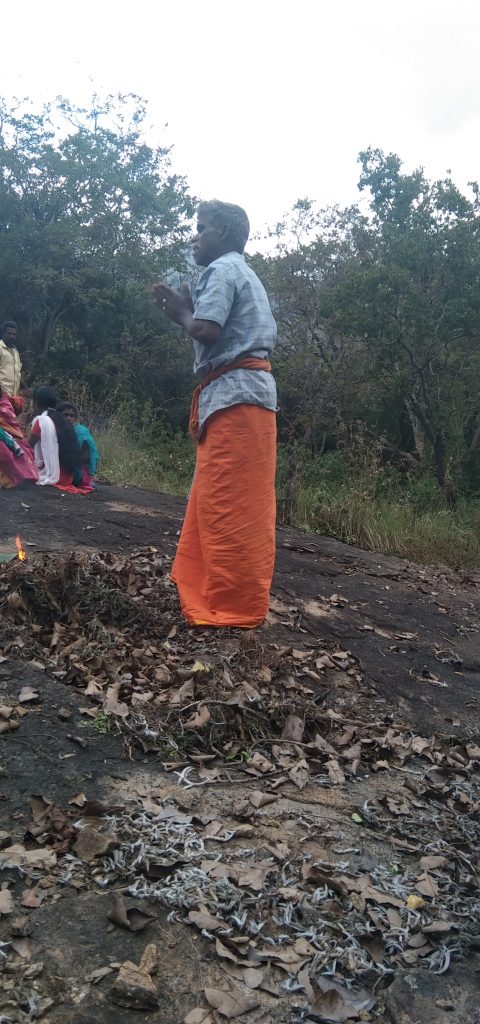
When that is obtained, the men make the necessary arrangements. Palaiyar womenfolk are not allowed to take part in the rituals because the process involves going deep into the forest, but they are allowed to be present when the entire clan gathers for the worship of the goddess, after the main ritual dancing is done by the Thevaraadi.
On the night of the festival, the men of the Sattan families give the Thevaraadi the white dhoti he has to wear, turmeric to smear on his body, kunkumam, medicinal herbs and limes on a large plate. With this, the young man then has a ritual bath in the river, anoints himself with the turmeric and other herbs, wears the white dhoti and sits in the temple of Bhootha Naachchi. He sings, naming all the hill ranges of Kodaikanal, invokes all the Gods of the forests and then goes to the devar veedu—the house of the Gods, or the temple. Five mud pots filled with water are kept there, which he touches and prays to.

After this is over, he starts to dance, accompanied by the flute and the drums, which are played by other Palaiyar men. He dances as if possessed—the Palaiyars believe that Bhootha Naachchi Amman manifests herself in his body. During the dance, everybody prays to the Goddess that there be no damage caused by forest fires and that strong rains come, which will keep the streams flowing, the dams full and our forests fertile.
When the ritual dancing is over and Bhootha Naachchi has taken her leave, all the members of the tribe, including the women, pray at her altar for rain and plentiful forest produce. Then everybody takes home some of the turmeric-and-water mixture used in the rituals to smear on their roof. The Palaiyars have faith that our rituals will prompt our gods of the forest to protect us from wildfires, as well as to give us ample rains. Often there is rain on the night of the festival, despite the weather being hot and dry.
Wherever they may be, our Palaiyar people will come here to attend important festivals, like the one done for Bhootha Naachchi Amman. If our norms are adhered to, there is no bar on caste or creed to join us in our festivities.
We want to live in unity with nature. Let us nourish and protect the forests, the hills and the gods that reside in them, along with our culture, so that none may be destroyed. Come, visit us, witness our festivals and join us in protecting the forests and our traditions.
Cover photo: Rohit.fnds1, Wikipedia Commons
This story first appeared in The Kodai Chronicles, and has been republished as a collaboration.
Read original story in Tamil
Meet the storyteller







